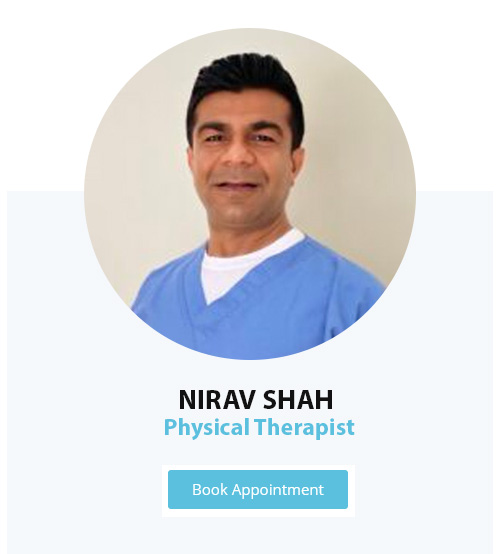Resistance training is used by many athletes but does they know how safely they are doing. How efficient they are doing it? Many people question resistance training vs. power-lifting and research has shown more injuries have occurred in young power lifting athletes. I believe that young athletes are prone to injuring themselves because they are hard headed and don’t learn the right way to do it. Resistance training however is a great way to start building strength and eventually move up to power lifting. This topic is important to sports medicine because it is experimenting on if resistance training is safe, efficient, and causes injury prevention. It is also important to physical activity because it also strengthens the body at such a young age so that athlete could have an advantage over their peers.
At such a young age athletes are new to working out different muscles so they would commonly ignore form and just lift the weight. This would present negative effect to their ability and gain because they are doing it incorrectly. Young lifters have poor technique and inappropriate methods because they are not taught the correct way or they are just guessing on what exercises to do. Young lifters should be observed initially by personal trainer or qualified person to make sure about their technique. Evidence in this article provided that the youth who participate in regularly in resistance training programs show a significant amount of strength, injury prevention, and efficiency. It is also said that public health are aiming to increase the availability of resistance training program for the young athletes.
Performing resistance training provides a wide range of resistive loads, different movements, muscles, and speeds. These resistance exercises may include weight machines, elastic bands, medicine balls, and plyometrics. Compared to strength and power lifting exercises the resistance training reduces the risk of injury greatly. However, that does not mean one cannot get injured from performing resistance exercises such as poor conditioning, muscle imbalances, poor exercise technique. To prevent these injuries it is recommended that the young athlete training should be mature enough to follow instructions. Technique is key to the success of their positive gains because there is not point of doing the exercise if you are not activating the correct muscles. Another way to prevent injuries is to focus on all major muscle groups to keep your body strong and balanced. Also it’s very important that these athletes have flexibility and stretching exercises incorporated with their strength training.
Read More :




